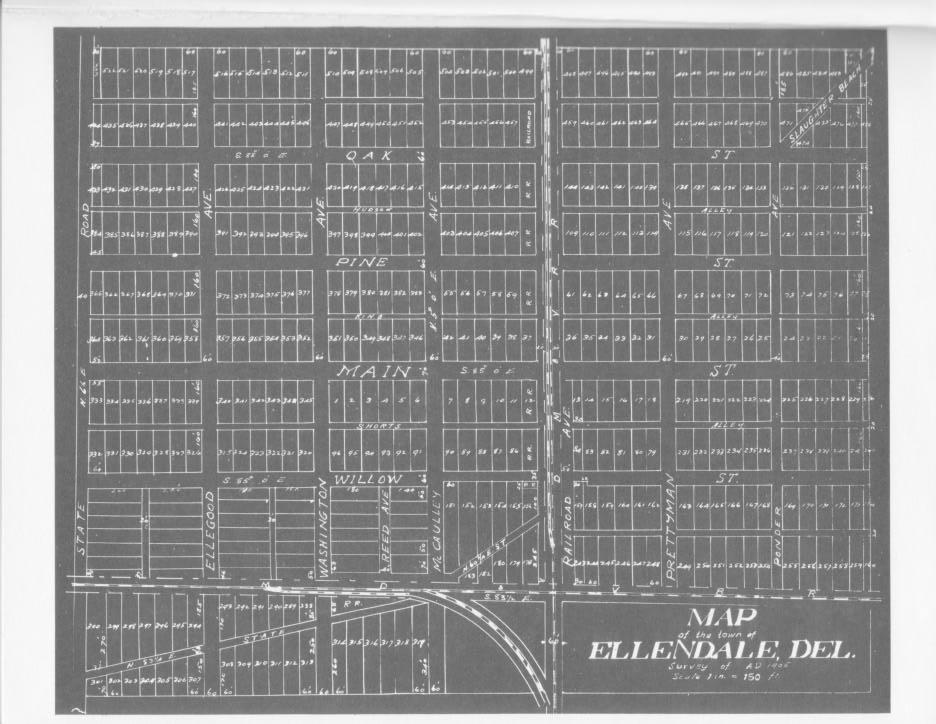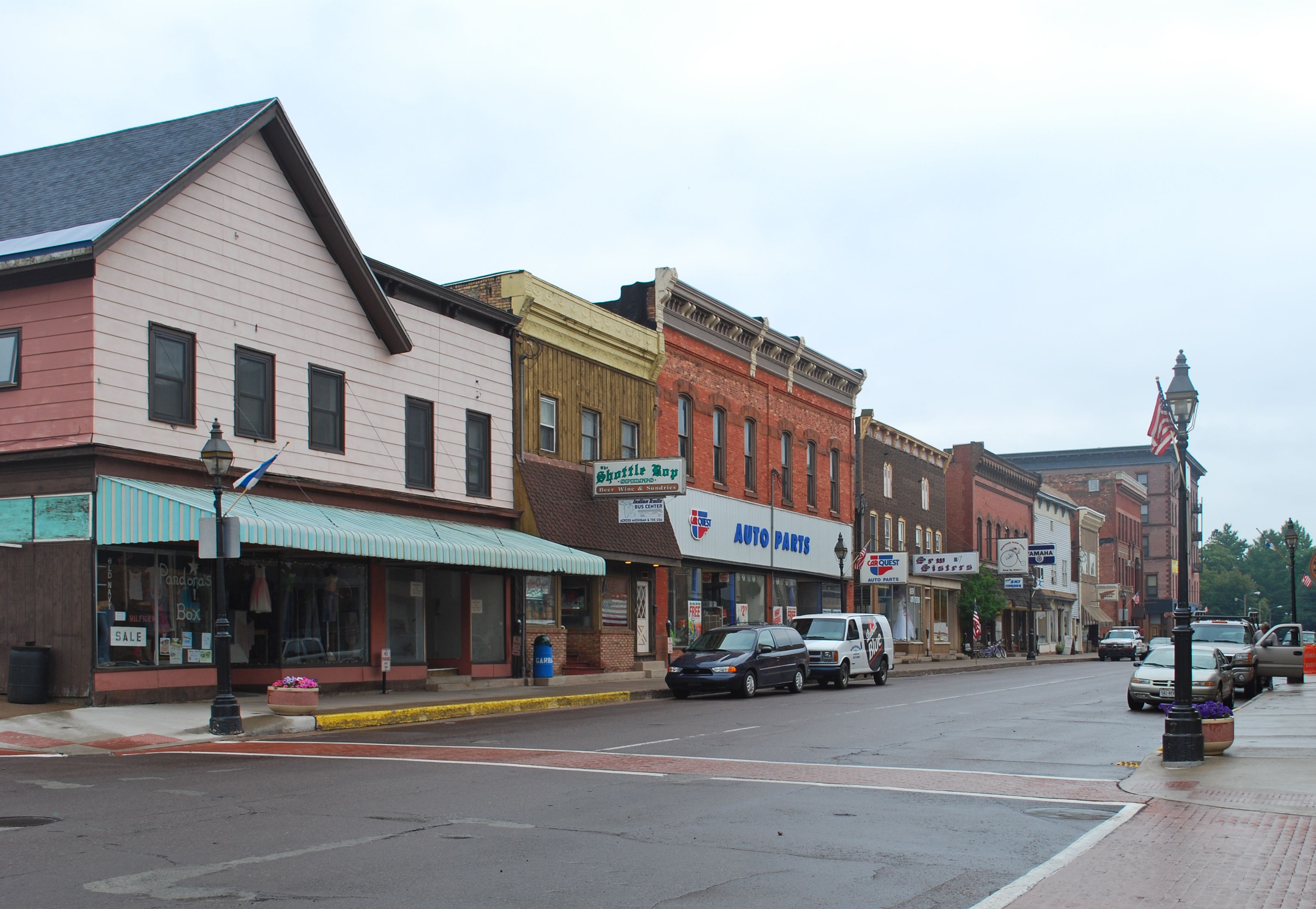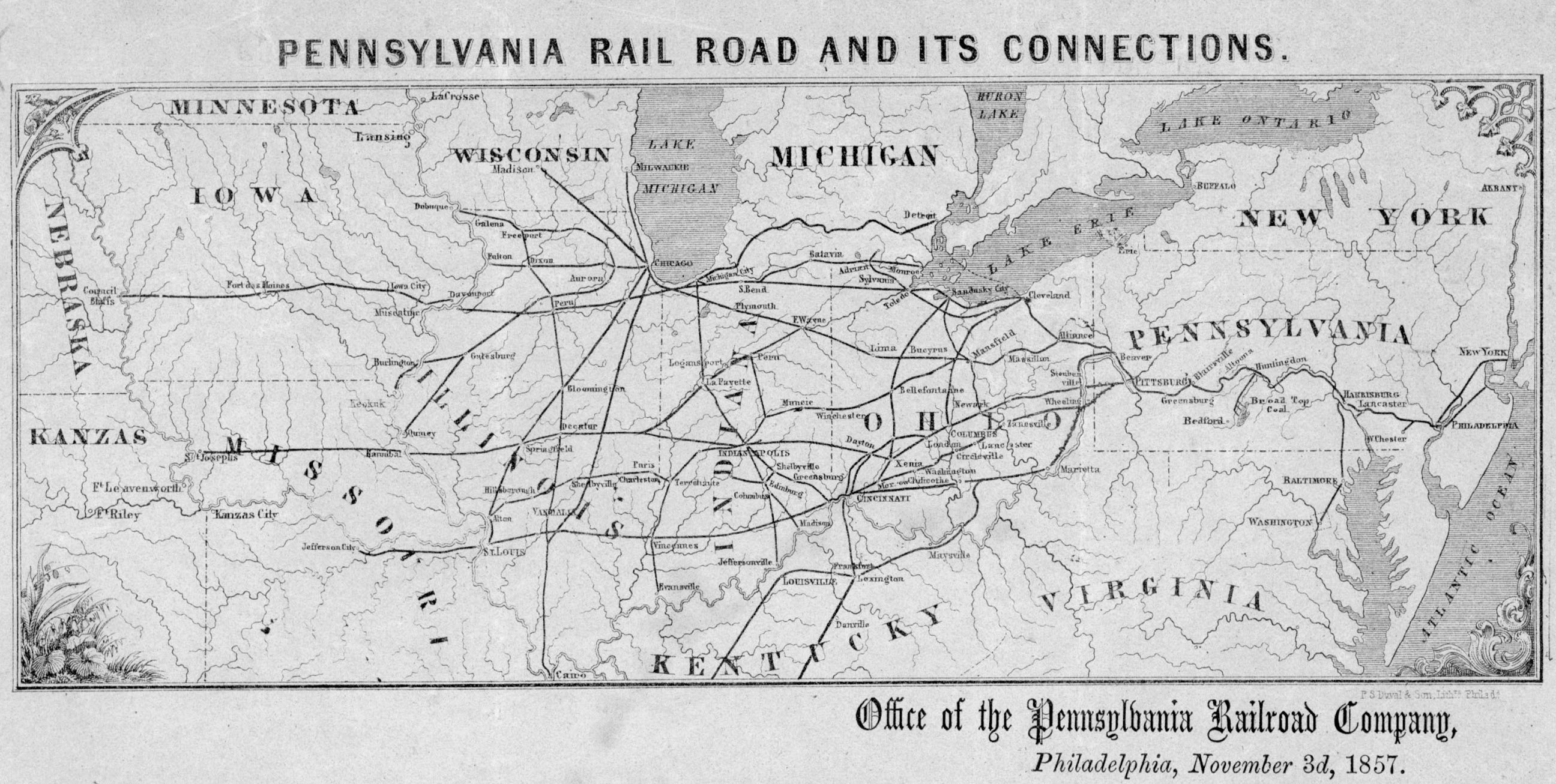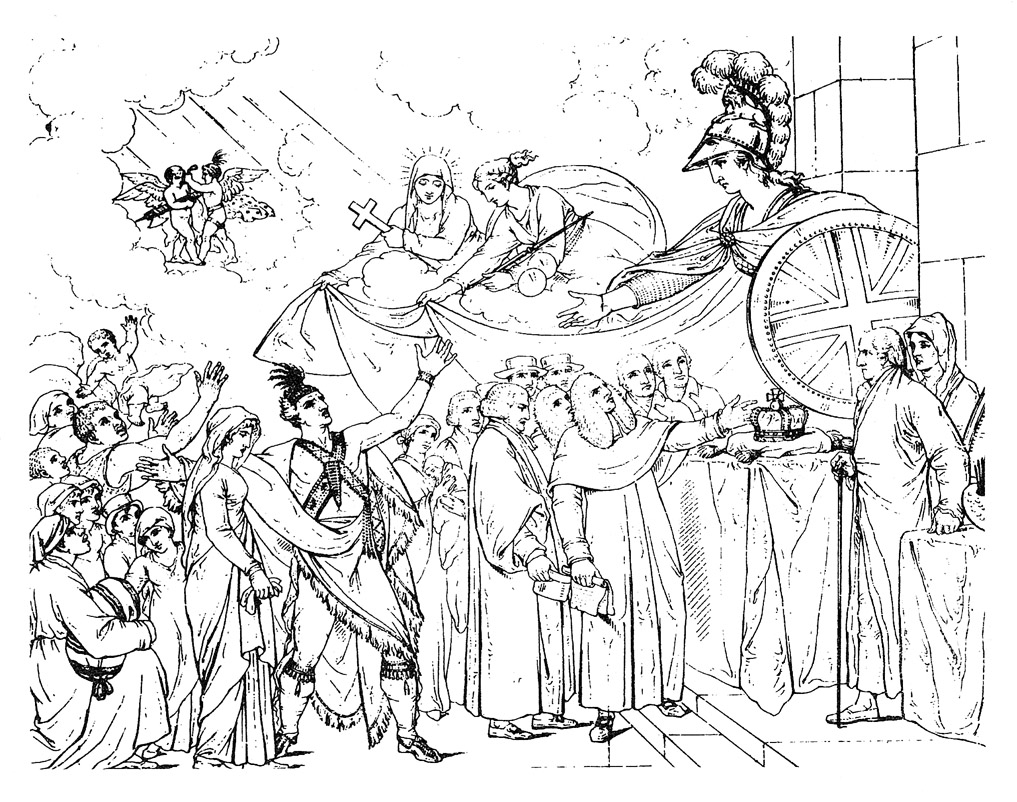|
Ellendale, Delaware
Ellendale is a town in Sussex County, Delaware, Sussex County, Delaware, United States. The population was 487 at the United States Census, 2020, 2020 census, an increase of 27.8% since the 2010 census, and a 48.9% increase since the year 2000. It is part of the Salisbury metropolitan area, Salisbury, Maryland-Delaware Metropolitan Statistical Area. Ellendale is the "Gateway to Delaware beaches, Delaware's Resort Beaches" because it is the town located on U.S. Route 113, the resort area's westernmost border, and Delaware Route 16, the resort area's northernmost border with the eastern border being the Delaware Bay and Atlantic Ocean and the southern border being the state line with Maryland. History Early history Ellendale started as a forest and swamp on the divide between the Chesapeake Bay and Delaware Bay. The swamp was the hunting grounds of the Nanticoke Indian Tribe until they were driven out by the Lenape, Lenape tribe in the Battle Green near Chestnut Ridge, a hill on El ... [...More Info...] [...Related Items...] OR: [Wikipedia] [Google] [Baidu] |
Town
A town is a type of a human settlement, generally larger than a village but smaller than a city. The criteria for distinguishing a town vary globally, often depending on factors such as population size, economic character, administrative status, or historical significance. In some regions, towns are formally defined by legal charters or government designations, while in others, the term is used informally. Towns typically feature centralized services, infrastructure, and governance, such as municipal authorities, and serve as hubs for commerce, education, and cultural activities within their regions. The concept of a town varies culturally and legally. For example, in the United Kingdom, a town may historically derive its status from a market town designation or City status in the United Kingdom, royal charter, while in the United States, the term is often loosely applied to incorporated municipality, municipalities. In some countries, such as Australia and Canada, distinction ... [...More Info...] [...Related Items...] OR: [Wikipedia] [Google] [Baidu] |
Chesapeake Bay
The Chesapeake Bay ( ) is the largest estuary in the United States. The bay is located in the Mid-Atlantic (United States), Mid-Atlantic region and is primarily separated from the Atlantic Ocean by the Delmarva Peninsula, including parts of the Eastern Shore of Maryland, the Eastern Shore of Virginia, and the state of Delaware. The mouth of the bay at its southern point is located between Cape Henry and Cape Charles (headland), Cape Charles. With its northern portion in Maryland and the southern part in Virginia, the Chesapeake Bay is a very important feature for the ecology and economy of those two states, as well as others surrounding within its watershed. More than 150 major rivers and streams flow into the bay's drainage basin, which covers parts of six states (New York (state), New York, Pennsylvania, Delaware, Maryland, Virginia, and West Virginia) and all of Washington, D.C. The bay is approximately long from its northern headwaters in the Susquehanna River to its outlet i ... [...More Info...] [...Related Items...] OR: [Wikipedia] [Google] [Baidu] |
Pennsylvania Railroad
The Pennsylvania Railroad ( reporting mark PRR), legal name as the Pennsylvania Railroad Company, also known as the "Pennsy," was an American Class I railroad that was established in 1846 and headquartered in Philadelphia, Pennsylvania. At its peak in 1882, the Pennsylvania Railroad was the largest railroad (by traffic and revenue), the largest transportation enterprise, and the largest corporation in the world. Over its existence, Pennsylvania Railroad acquired, merged with, or owned part of at least 800 other rail lines and companies. At the end of 1926, it operated of rail line;This mileage includes companies independently operated. PRR miles of all tracks, which includes first (or main), second, third, fourth, and sidings, totalled 28,040.49 at the end of 1926. in the 1920s, it carried nearly three times the traffic as other railroads of comparable length, such as the Union Pacific and Atchison, Topeka & Santa Fe railroads. Its only formidable rival was the New York Centra ... [...More Info...] [...Related Items...] OR: [Wikipedia] [Google] [Baidu] |
Junction And Breakwater Railroad
The Junction and Breakwater Railroad was a 38 mile long railroad that ran between Harrington, Delaware and Lewes with a spur to Rehoboth Beach, Delaware during the late 19th and early 20th Century. It passed though Milford, Ellendale and Georgetown. In 1883, it merged with the Breakwater and Frankford Railroad and the Worcester Railroad to become the Delaware, Maryland and Virginia Railroad which was eventually purchased by the Pennsylvania Railroad History Junction and Breakwater The Junction & Breakwater Railroad (J&B) was formed in 1857 as a subsidiary of the Old Dominion Steamship Company to operate in conjunction with steamship service between the Delmarva Peninsula and New York. The line created a "junction" with the Delaware Railroad in Harrington, and by 1859 it had reached Milford, DE. Work was stalled by the Civil War but resumed in 1867 and the line was completed to Lewes and the Delaware Breakwater, via Georgetown, by 1869 with stations at each end as well as sta ... [...More Info...] [...Related Items...] OR: [Wikipedia] [Google] [Baidu] |
American Civil War
The American Civil War (April 12, 1861May 26, 1865; also known by Names of the American Civil War, other names) was a civil war in the United States between the Union (American Civil War), Union ("the North") and the Confederate States of America, Confederacy ("the South"), which was formed in 1861 by U.S. state, states that had Secession in the United States, seceded from the Union. The Origins of the American Civil War, central conflict leading to war was a dispute over whether Slavery in the United States, slavery should be permitted to expand into the western territories, leading to more slave states, or be prohibited from doing so, which many believed would place slavery on a course of ultimate extinction. Timeline of events leading to the American Civil War, Decades of controversy over slavery came to a head when Abraham Lincoln, who opposed slavery's expansion, won the 1860 presidential election. Seven Southern slave states responded to Lincoln's victory by seceding f ... [...More Info...] [...Related Items...] OR: [Wikipedia] [Google] [Baidu] |
Federalsburg, Delaware
Federalsburg (also known as Fleatown) is an unincorporated community in Sussex County, Delaware Delaware ( ) is a U.S. state, state in the Mid-Atlantic (United States), Mid-Atlantic and South Atlantic states, South Atlantic regions of the United States. It borders Maryland to its south and west, Pennsylvania to its north, New Jersey ..., United States. Federalsburg was located at the intersection of Old State Road and Fleatown Road, north of Ellendale. History The area was originally known as Fleatown and was the location of the historic Fleatown Inn from circa 1740 until it was torn down in April, 1895. The community housed two taverns on the Old State Road that served stagecoaches and travelers on the road from Milford to Georgetown, but the taverns closed and the community faded after the Junction and Breakwater Railroad depot was built in Ellendale in 1866. References Unincorporated communities in Sussex County, Delaware Unincorporated communities in D ... [...More Info...] [...Related Items...] OR: [Wikipedia] [Google] [Baidu] |
Cedar Creek Hundred
Cedar Creek Hundred is a "hundred" located in Sussex County, Delaware ( USA) that was established in 1702. The counties of Delaware were originally divided into Hundreds based on the English use of dividing up counties. On October 25, 1682, William Penn directed that Delaware be divided into hundreds for the purposes of taxation. A "hundred" is an old English Saxon land division which is smaller than a county or shire and larger than a tithing A tithing or tything was a historic English legal, administrative or territorial unit, originally ten hides (and hence, one tenth of a hundred). Tithings later came to be seen as subdivisions of a manor or civil parish. The tithing's leader or .... It comprised ten tithings of ten freeholder families each one hundred families. The hundreds of Delaware originally served as judicial or legislative districts, but now they remain only as a basis for property tax assessment. Originally, there were five hundreds in New Castle County, five in ... [...More Info...] [...Related Items...] OR: [Wikipedia] [Google] [Baidu] |
Insurrection
Rebellion is an uprising that resists and is organized against one's government. A rebel is a person who engages in a rebellion. A rebel group is a consciously coordinated group that seeks to gain political control over an entire state or a portion of a state. A rebellion is often caused by political, religious, or social grievances that originate from a perceived inequality or marginalization. ''Rebellion'' comes from Latin ''re'' and ''bellum'', and in Lockian philosophy refers to the responsibility of the people to overthrow unjust government. Classification Uprisings which revolt, resisting and taking direct action against an authority, law or policy, as well as organize, are rebellions. An insurrection is an uprising to change the government. If a government does not recognize rebels as belligerents, then they are insurgents and the revolt is an insurgency. In a larger conflict, the rebels may be recognized as belligerents without their government being recognize ... [...More Info...] [...Related Items...] OR: [Wikipedia] [Google] [Baidu] |
American Revolution
The American Revolution (1765–1783) was a colonial rebellion and war of independence in which the Thirteen Colonies broke from British America, British rule to form the United States of America. The revolution culminated in the American Revolutionary War, which was launched on April 19, 1775, in the Battles of Lexington and Concord. Leaders of the American Revolution were Founding Fathers of the United States, colonial separatist leaders who, as British subjects, initially Olive Branch Petition, sought incremental levels of autonomy but came to embrace the cause of full independence and the necessity of prevailing in the Revolutionary War to obtain it. The Second Continental Congress, which represented the colonies and convened in present-day Independence Hall in Philadelphia, formed the Continental Army and appointed George Washington as its commander-in-chief in June 1775, and unanimously adopted the United States Declaration of Independence, Declaration of Independence ... [...More Info...] [...Related Items...] OR: [Wikipedia] [Google] [Baidu] |
1780 Black Camp Rebellion
The 1780 Black Camp Rebellion was a brief Loyalist uprising in Sussex County, Delaware, that occurred during the American Revolutionary War. It was a local reaction to the American War of Independence by Loyalists (called Tories by their opponents) who opposed the independence movement and intended to secure Sussex County for the British.Hancock, Harold B. ''The History of Sussex County, Delaware'', pp. 43-44. The insurrection lasted from July 15 to about August 10, 1780, when pro-American militia forces were sent in to round up and arrest the participants. The insurrectionists were mainly from Cedar Creek and Broadkill Hundreds, and their headquarters were in a swamp about six miles north of Georgetown (an area later settled as Ellendale, Delaware), which was in what had been disputed wilderness territory between Delaware and Maryland. Participants Most of the insurrectionists were poor farmers in the county who were frustrated over the situation that the war had left them in. ... [...More Info...] [...Related Items...] OR: [Wikipedia] [Google] [Baidu] |
Loyalist (American Revolution)
Loyalists were refugee colonists from Thirteen Colonies, thirteen of the 20 British American colonies who remained loyal to the British Crown, British crown during the American Revolution, often referred to as Tories, Royalists, or King's Men at the time. They were opposed by the Patriot (American Revolution), Patriots or Whigs, who supported the revolution and considered them "persons inimical to the liberties of America." Prominent Loyalists repeatedly assured the Government of the United Kingdom, British government that many thousands of them would spring to arms and fight for the Crown. The British government acted in expectation of that, especially during the Southern theater of the American Revolutionary War, Southern campaigns of 1780 and 1781. Britain was able to effectively protect the people only in areas where they had military control, thus the number of military Loyalists was significantly lower than what had been expected. Loyalists were often under suspicion of t ... [...More Info...] [...Related Items...] OR: [Wikipedia] [Google] [Baidu] |
Marcus Hook, Pennsylvania
Marcus Hook is a Borough (Pennsylvania), borough in Delaware County, Pennsylvania, Delaware County, Pennsylvania, United States. The population was 2,397 at the 2010 United States Census, 2010 census. The current mayor is Gene Taylor. The borough calls itself "The Cornerstone of Pennsylvania". The 2005 film One Last Thing..., ''One Last Thing''... was set and partially filmed in Marcus Hook. History Pre-settlement The earliest inhabitants of Marcus Hook were members of the Lenape Native Americans in the United States, Native American tribe and their indigenous ancestors, whose succeeding cultures occupied present-day Marcus Hook and surrounding areas for thousands of years. 17th century The Lenape had a major settlement in Marcus Hook; New Sweden colonists established a trading post here in the 1640s. The village was called ''Chammassungh'', or "Finland" by the Swedes. It was located on the west side of the Delaware River, between Marcus Hook Creek and Naamans Creek. Dutch colo ... [...More Info...] [...Related Items...] OR: [Wikipedia] [Google] [Baidu] |







